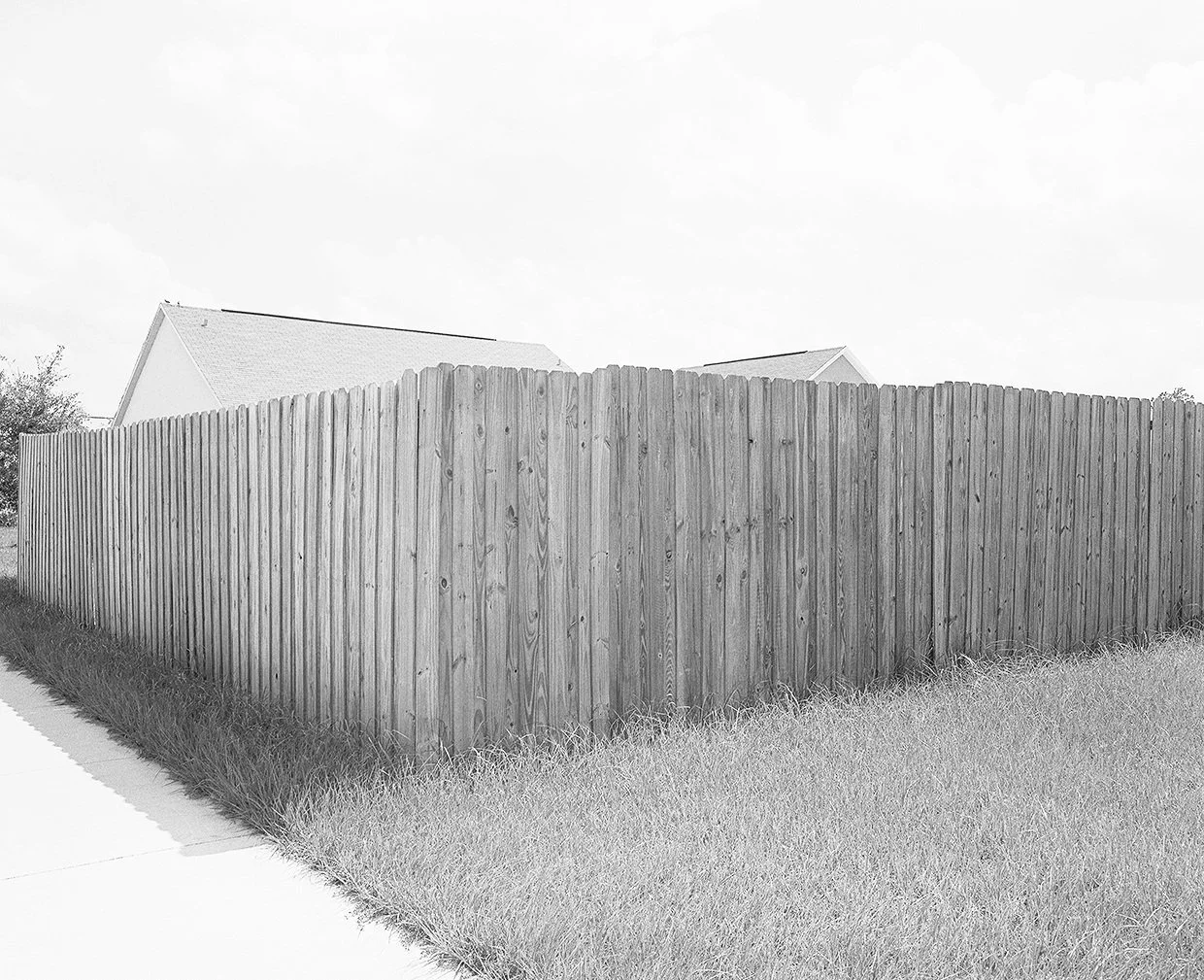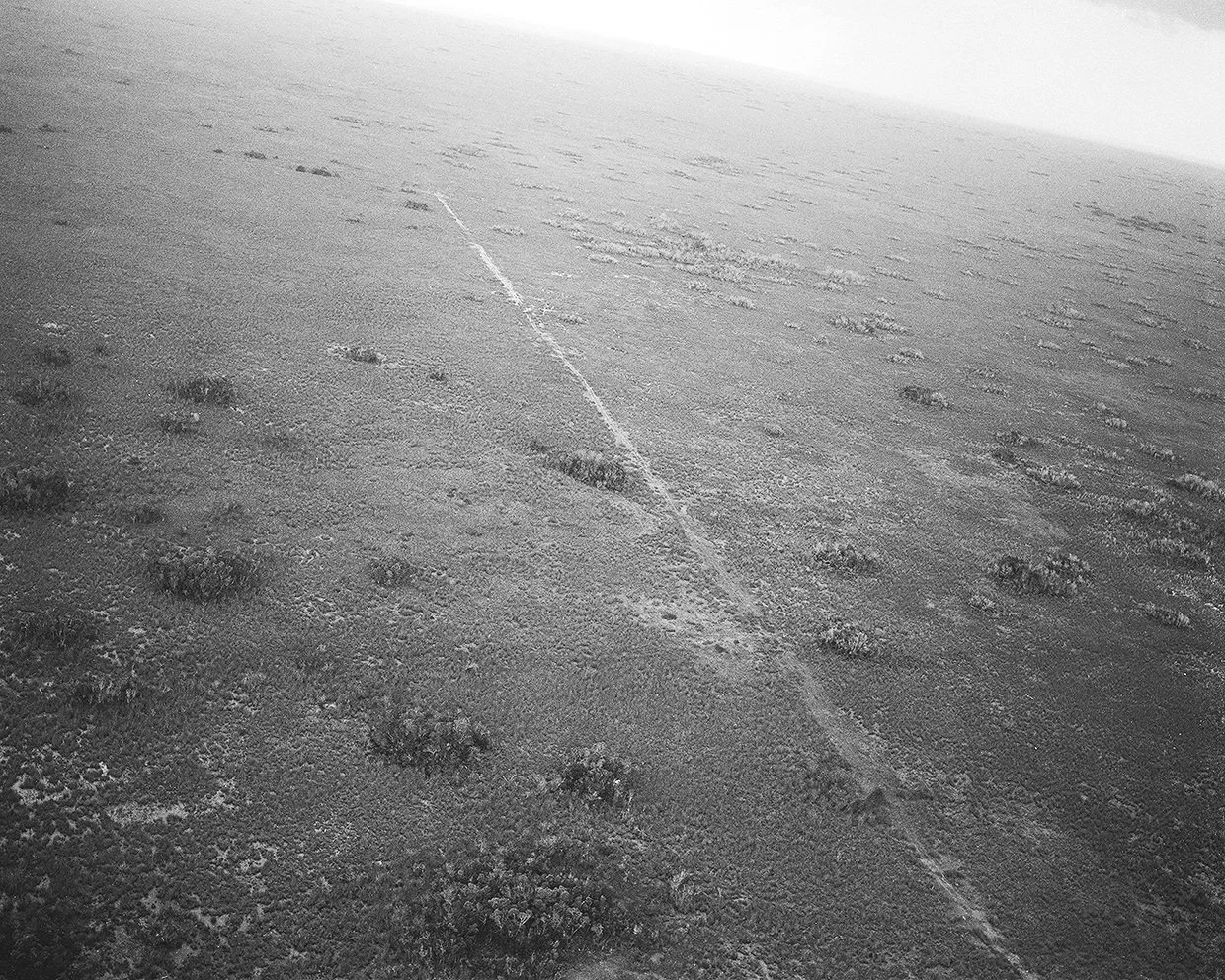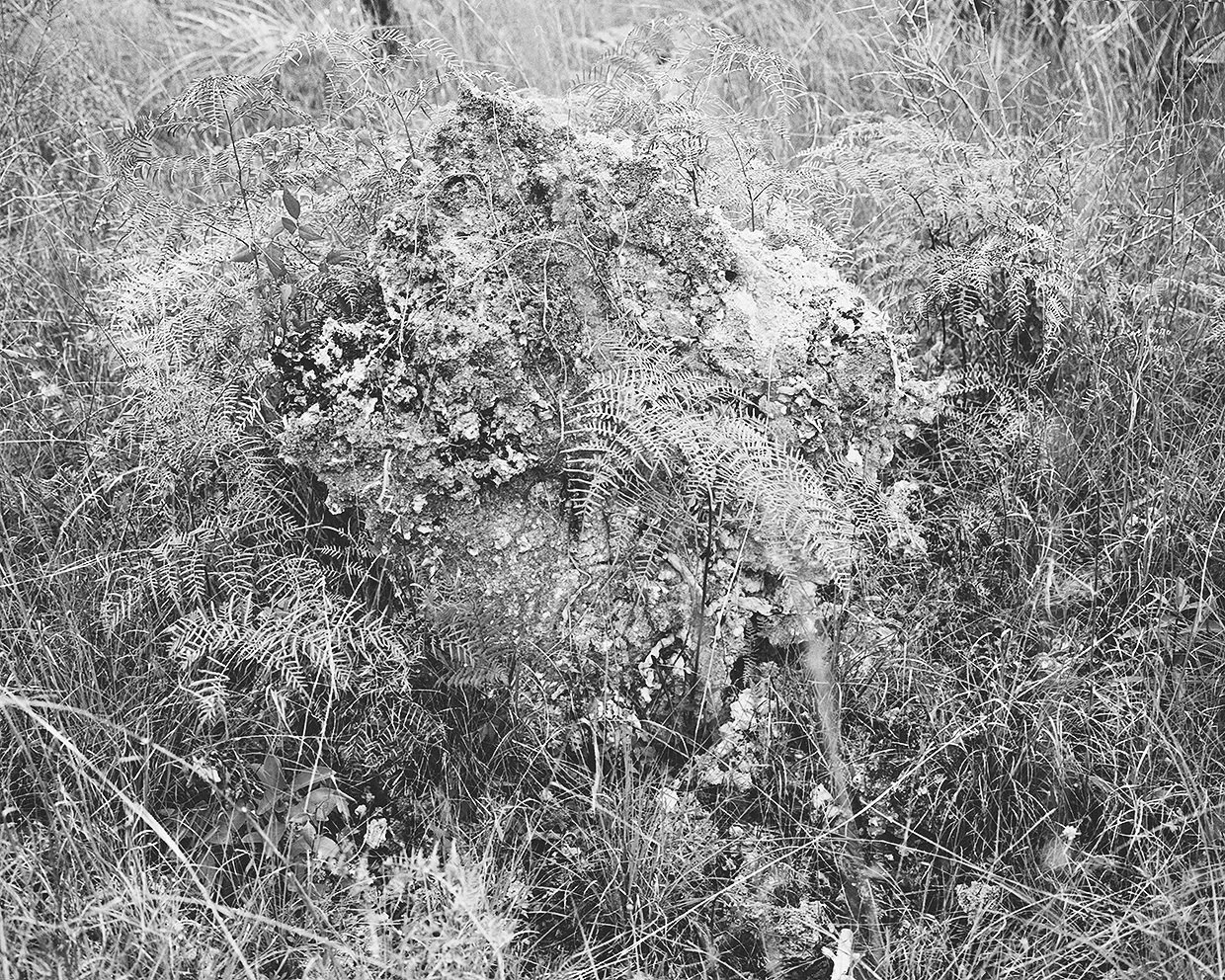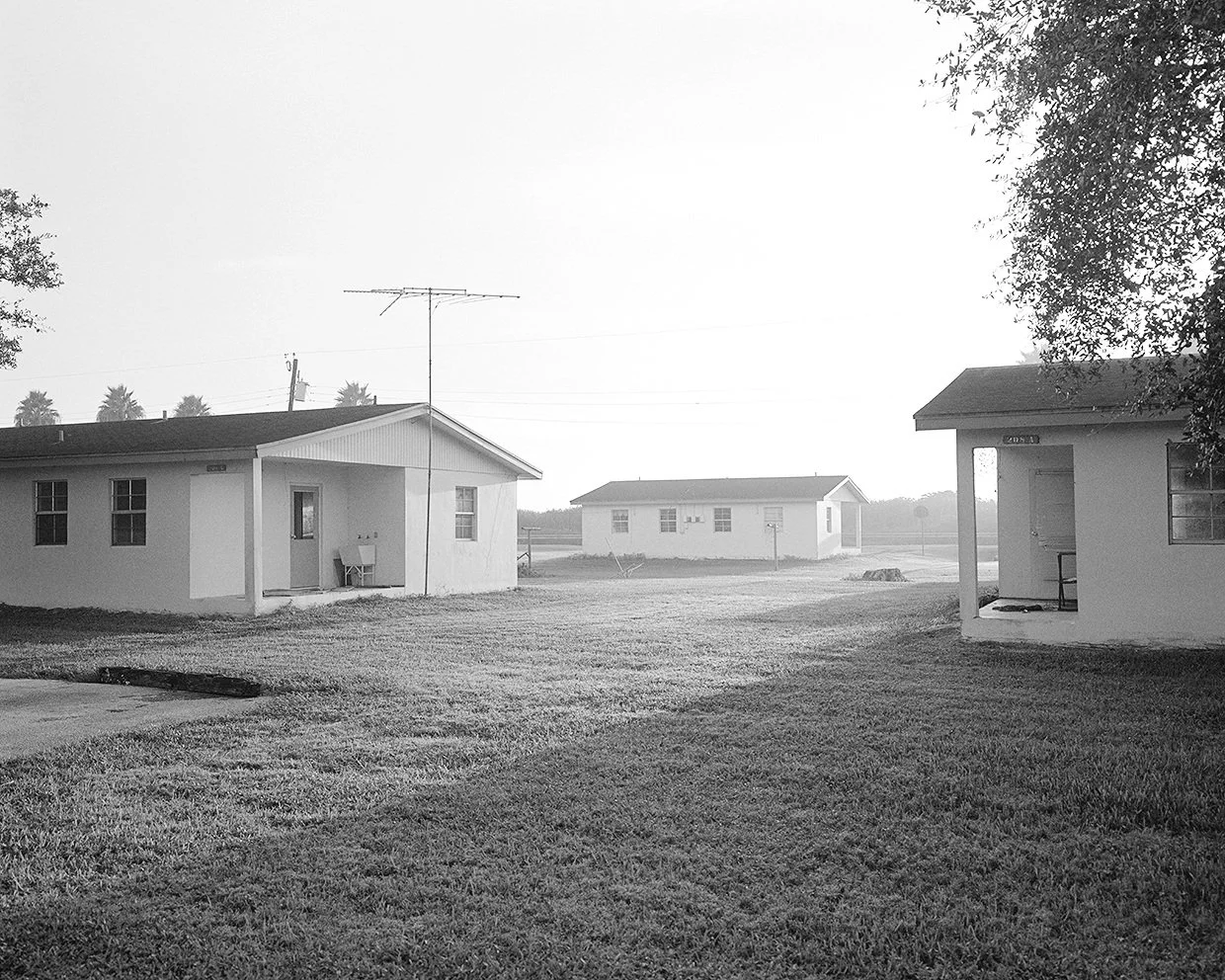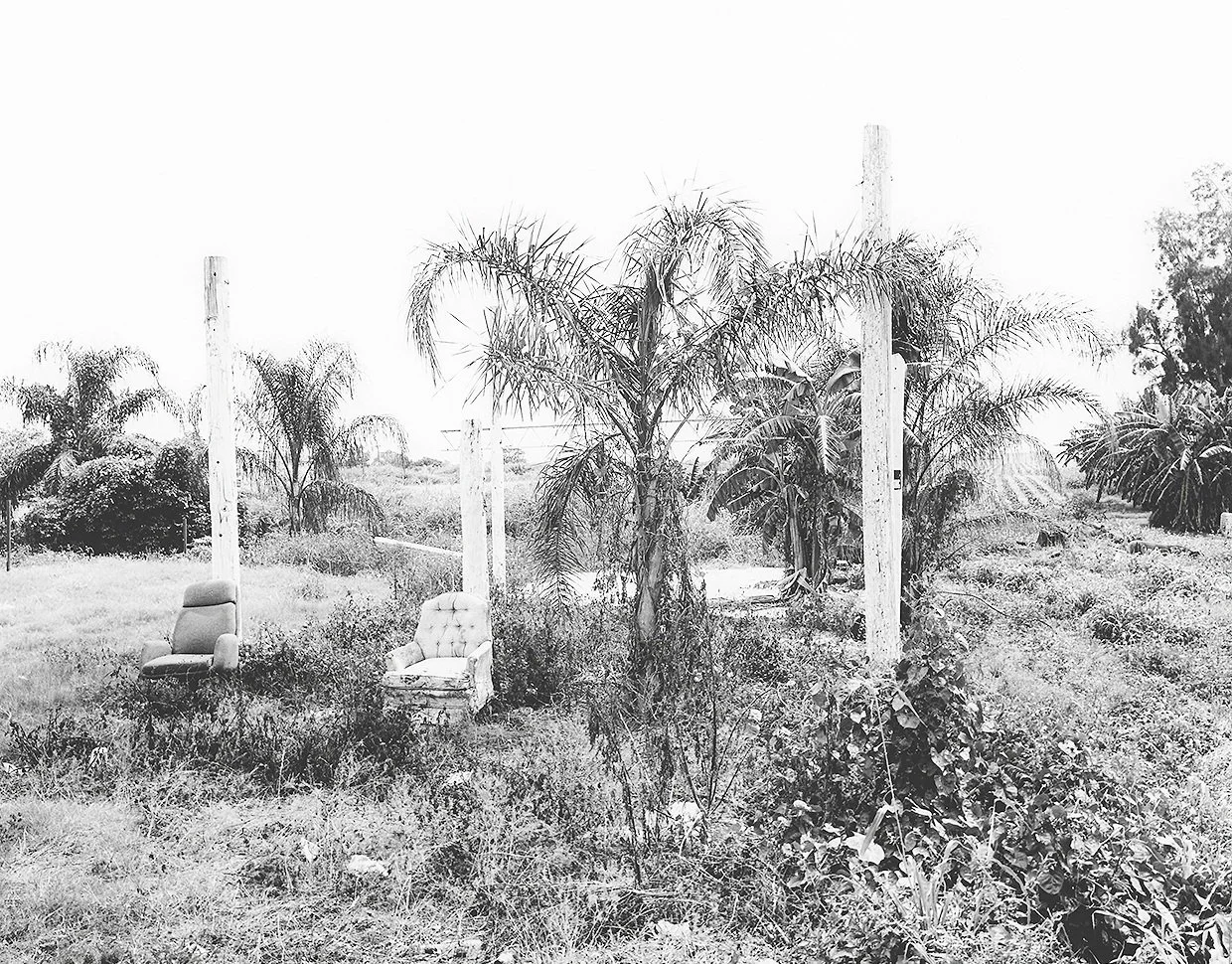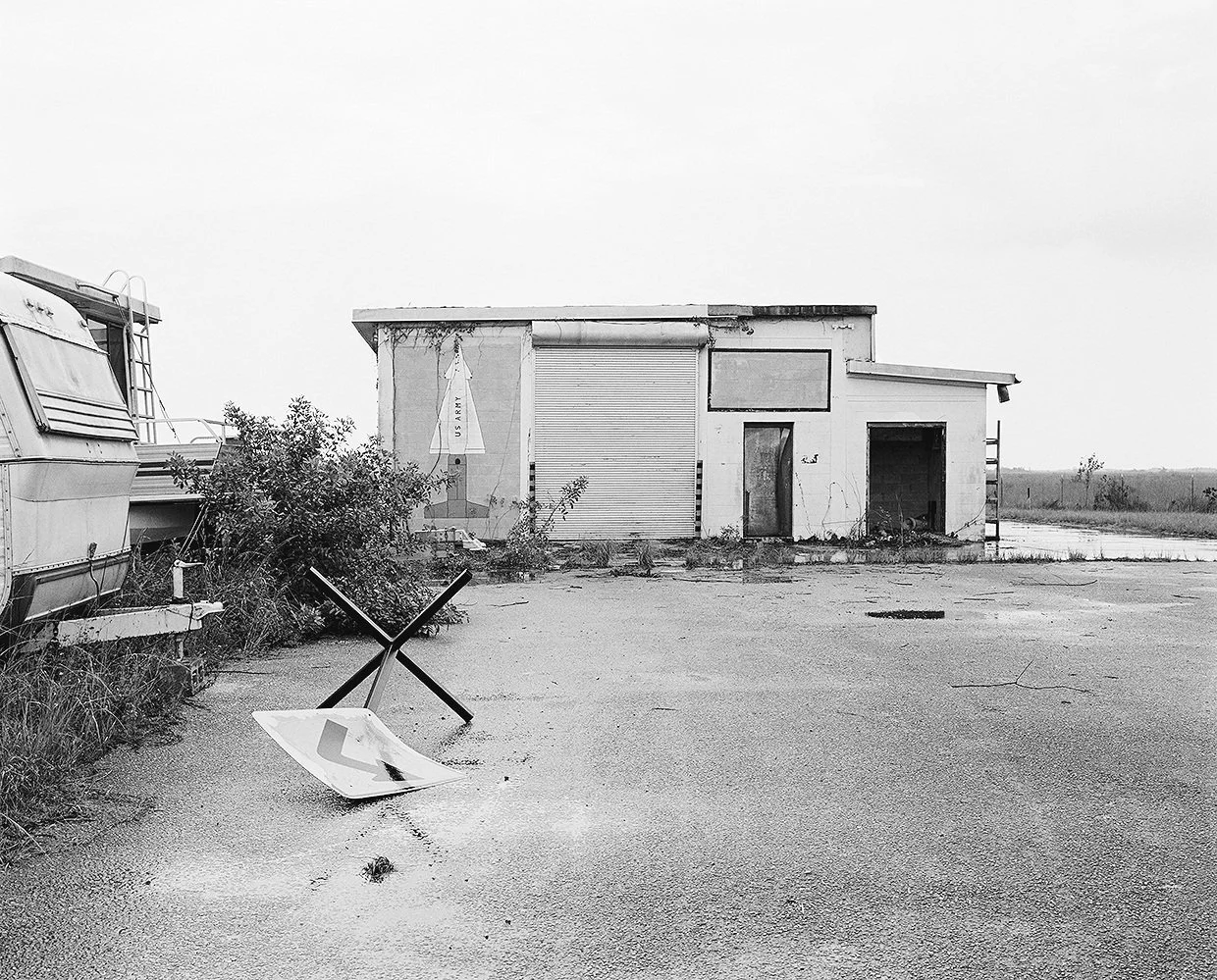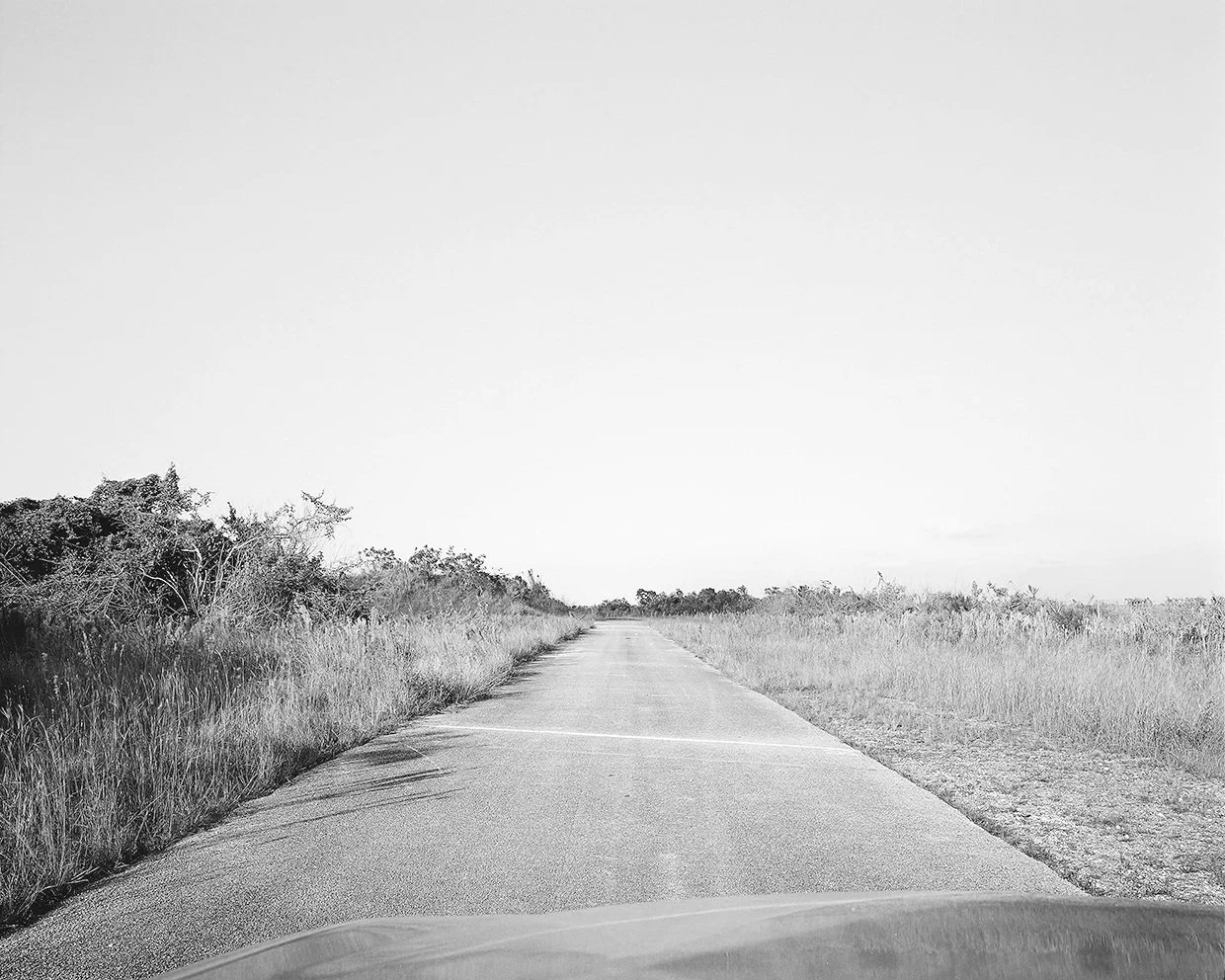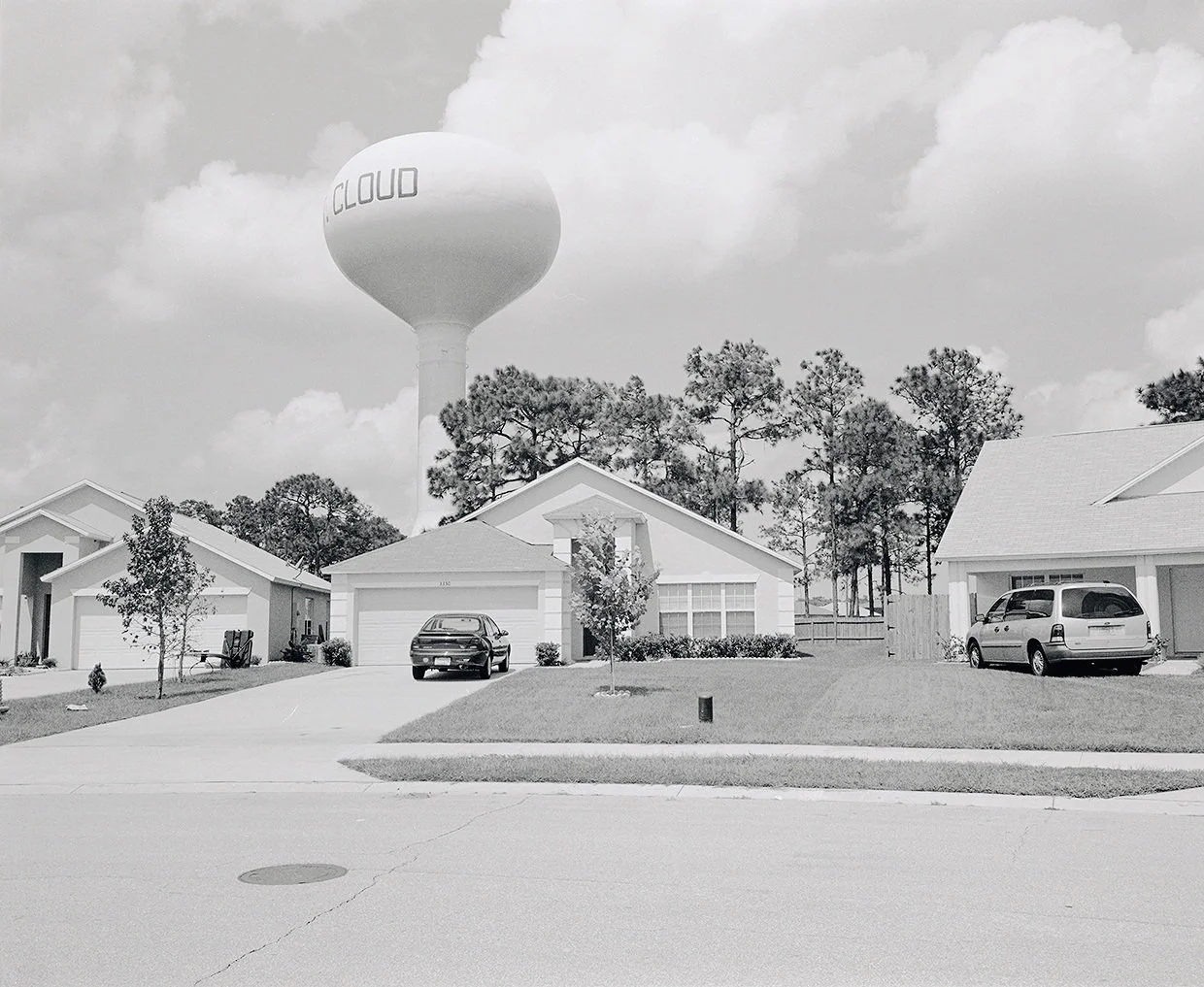TENUOUS LANDSCAPES: PHOTOGRAPHS OF THE FLORIDA EVERGLADES
“They are mystical and strange, having a peculiar enveloping atmosphere of timelessness that is most poignantly felt when one transverses the dark maze in a boat. Under such conditions there is a feeling of vague uneasiness, even of slight depression, a sense that this will always be a wilderness capable of overwhelming the puny efforts of mankind by the sheer exuberance of its own life. Upon emerging from the confines of the Everglades there is a sense of escape, one breathes easier and once again can kid himself into thinking that he amounts to something. Later, in going back over the experiences the visitor will wish to return, the sense of bafflement will have been overshadowed by curiosity to see more of this strange tropical jungle. Hence the Everglades are not inspiring, they have about them a certain quality of making as deep an impression on human sensibilities as do the grand and awful silhouettes of the Rockies.”
Clifford, C. Presnall, Assistant Chief of the Wildlife Division, Department of the Interior
July 12, 1938
I read the Orchid Thief by Susan Orlean and then the Watson Trilogy by Peter Matthiessen. One book led to another, and I began to imagine the visceral feel of the place, the humid touch of the air, the oppressive heat. I had seen the Everglades from the plane – a dark nothingness at night, and by day a flat, often wet, expanse of swampland, punctuated by agricultural fields and housing developments. I was curious to experience the natural landscape, of course, but I was even more interested in the determined efforts of engineers, over many years, to eliminate the swamp – to drain it for sugarcane fields and development profit. To me it was the dark heart of the state.


